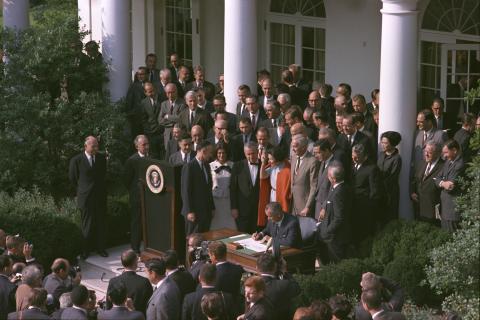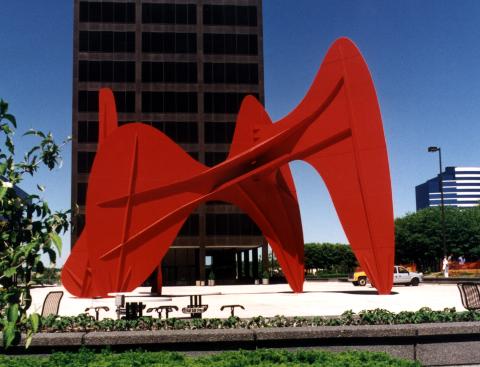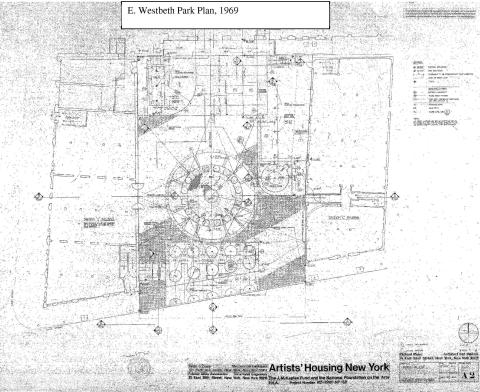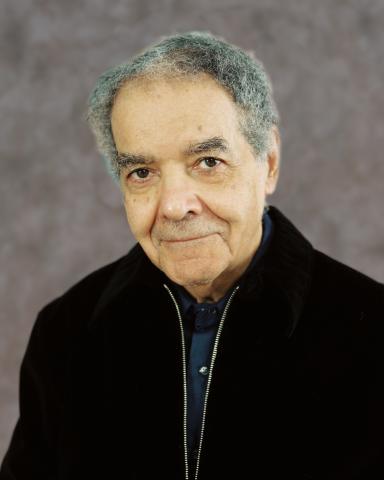1965

On September 29, 1965, President Lyndon B. Johnson signed P.L. 89-209, the National Foundation on the Arts and the Humanities Act, in the Rose Garden of the White House. This piece of legislation established the National Endowment on the Arts and the Humanities Foundation as an umbrella for the National Endowment for the Arts (NEA), the National Endowment for the Humanities (NEH), and their respective councils.





